Introduction
The Oswestry Disability Index (ODI) stands as a cornerstone in the assessment of functional disability due to low back pain (LBP). First introduced by Jeremy Fairbank and colleagues in 1980, with its current widely utilized version published in 2000, the ODI has garnered over 7,500 citations on Google Scholar, underscoring its significant impact on research and clinical practice. Consequently, it has become an indispensable tool for professionals in orthopedics, musculoskeletal health, and rehabilitation.
This article provides a comprehensive overview of the ODI, emphasizing its features, applications, and utility for researchers and clinicians.
Key Features of the Oswestry Disability Index (ODI)
Purpose and Use
The ODI is meticulously designed to quantify the level of disability and impairment in quality of life for patients experiencing acute or chronic low back pain. Furthermore, its structure and scoring are standardized, facilitating consistent application across diverse settings.
Target Population
The ODI is designed for adults 18 years and older suffering from low back pain. This includes:
- Young adults (18-24 years)
- Middle-aged adults (25-44 years)
- Older adults (45-64 years)
- Seniors (65+ years)
Structure
The questionnaire comprises 10 questions, with each question offering 6 distinct statements for the respondent to choose from.
The ODI assesses multiple facets of functional ability, specifically, these sub-domains include:
- Pain intensity
- Personal care (e.g., washing, dressing)
- Lifting
- Walking
- Sitting
- Standing
- Sleeping
- Social life
- Traveling
- An optional section on sex life is also included.
Typically, patients can complete the ODI in approximately 5-10 minutes, making it an efficient tool for busy clinical environments and research protocols.
Scoring Method
The scoring mechanism of the ODI is straightforward yet informative. For each of the 10 sections, patients select the statement that best describes their current condition. These statements are scored on a scale from 0 (least disability) to 5 (greatest disability).
Then the total score is calculated as a percentage, where 0% signifies no disability and 100% indicates the highest level of disability or that the patient is bedridden or exaggerating symptoms.
The interpretation of the ODI scores generally falls into the following categories.
- 0% – 20%: Minimal disability
- 21% – 40%: Moderate disability
- 41% – 60%: Severe disability
- 61% – 80%: Crippling disability (or “Crippled” as per some older texts)
- 81% – 100%: Bedridden or exaggerating symptoms
Researchers often consider a cut-off for severe disability to be >40% or >44%, depending on the specific study or clinical context.
Administration Format
Researchers can administer the questionnaire in various formats, providing flexibility. These formats include:
- Paper-based
- Digital (online)
- Mobile app
- Interview (in-person)
There is no need for special training to administer or interpret the ODI, as it is often self-administered.
Applications of the Oswestry Disability Index (ODI)
The ODI’s robust psychometric properties and ease of use make it a valuable instrument across various applications. Indeed, it is a gold standard for assessing low back pain disability.
- Screening: Healthcare providers can use the ODI to quickly screen patients for the impact of low back pain on their functional abilities.
- Monitoring: The ODI is highly effective for monitoring changes in a patient’s disability status over time or in response to treatment.
- Treatment Planning: The insights gained from the ODI can significantly aid in developing tailored treatment plans that address specific functional limitations.
- Research: Using the ODI in clinical trials and research studies helps measure outcomes and compare the effectiveness of different interventions for low back pain.
Other Versions and Related Questionnaires
Researchers should be aware of other versions of the ODI.For instance, shortened versions such as
- ODI-2
- ODI-8
Related Questionnaires
There are several other questionnaires which are complementary or similar in purpose to the ODI, including:
- Roland-Morris Disability Questionnaire (RMDQ)
- Quebec Back Pain Disability Scale
- Low Back Outcome Score (LBOS)
- Pain Disability Index (PDI)
- Fear-Avoidance Beliefs Questionnaire (FABQ)
- Incredibly Short Profile of Mood States (ISP)
- Pain Catastrophizing Scale (PCS)
- Universal Disability Index (UDI)
Languages and availability
The ODI has been translated and culturally adapted into numerous languages, including:
- Arabic
- English
- Spanish
- French
- Russian
- German
and many more with over 30 languages in total, facilitating its use in international research and diverse patient populations.
Use of the ODI is free for students, physicians, non-funded academic users, and for clinical implementation. However, funded academic users, commercial users, and IT companies must apply for a license, which may incur costs. It can be considered open access for some uses and proprietary (commercial) for others.
Reliability and Validity
The ODI is a highly reliable and valid instrument. Considering that the Cronbach’s alpha for it typically ranges from 0.87 to 0.94, indicating excellent internal consistency.
Numerous studies have validated the ODI across various populations and languages.
- The Original Validation Study. link
- Validation of the Oswestry Disability Index in Adult Spinal Deformity. Study link
- Psychometric properties and clinical usefulness of the Oswestry Disability Index. Study link
- Reliability and validity of Oswestry Disability Index among patients undergoing lumbar spinal surgery. Study link
Limitations and Considerations
Despite its strengths, the ODI has a few limitations to consider:
- Self-report measure: As a self-report tool, responses can be influenced by patient interpretation, recall bias, or a desire to present themselves in a particular light (social desirability bias).
- Lack of Sensitivity to Change: In some instances, the ODI may show a lack of sensitivity to small but clinically meaningful changes in disability status.
- Social Desirability Bias: Patients may consciously or unconsciously underreport or over report their disability due to social factors.
Additional Resources
- The Original Validation Study. link
- You can access the questionnaire as a PDF through this link
- For inquiries, contact Jeremy Fairbank, one of the authors of the questionnaire: Jeremy Fairbank’s Profile at University of Oxford link or via email at fairbank@ndorms.ox.ac.uk.
Frequently Asked Questions (FAQ)
- Who can use the ODI?
Clinicians (such as physicians and physiotherapists), researchers, and healthcare providers utilize the ODI for adult patients (18 years and older) experiencing low back pain.
- How long does it take to complete the ODI?
Typically, patients complete the ODI in approximately 5-10 minutes, which makes it feasible for integration into routine clinical visits and research protocols.
- How is the ODI administered?
Clinicians can administer the questionnaire in various formats, including paper-based forms, digital online versions, mobile applications, and through in-person interviews, thereby offering considerable flexibility.
- Is there any cost to using the ODI?
The ODI is free for students, physicians, non-funded academic users, and for clinical implementation. Conversely, funded academic users, commercial entities, and IT companies are required to obtain a license, which may involve a fee.
A word from ResRef about the Oswestry Disability Index (ODI)
The Oswestry Disability Index (ODI) is one of the most common scoring systems used for patients with low back pain (LBP). The ODI is a gold standard for assessing functional disability in low back pain patients. The provided questionnaire data for the Oswestry Disability Index (ODI) aligns well with the authoritative sources and literature. The ODI is a validated, reliable, and widely used tool for assessing disability due to low back pain with a clear scoring system, well-defined interpretation bands, and extensive translation and validation work internationally.
References
- Fairbank, J. C. T., & Pynsent, P. B. (2000). The Oswestry Disability Index. Spine, 25(22), 2940–2953.link
- Jalali, O., Smith, J. S., Bess, S., Hostin, R., Lafage, R., Lafage, V., … & International Spine Study Group. (2024). Validation of the Oswestry Disability Index in Adult Spinal Deformity. Spine, 49(10), 682-688.link
- Vianin, M. (2008). Psychometric properties and clinical usefulness of the Oswestry Disability Index. Journal of chiropractic medicine, 7(4), 161-163. link
- Koivunen, K., Widbom-Kolhanen, S., Pernaa, K., Arokoski, J., & Saltychev, M. (2024). Reliability and validity of Oswestry Disability Index among patients undergoing lumbar spinal surgery. BMC surgery, 24(1), 13. link


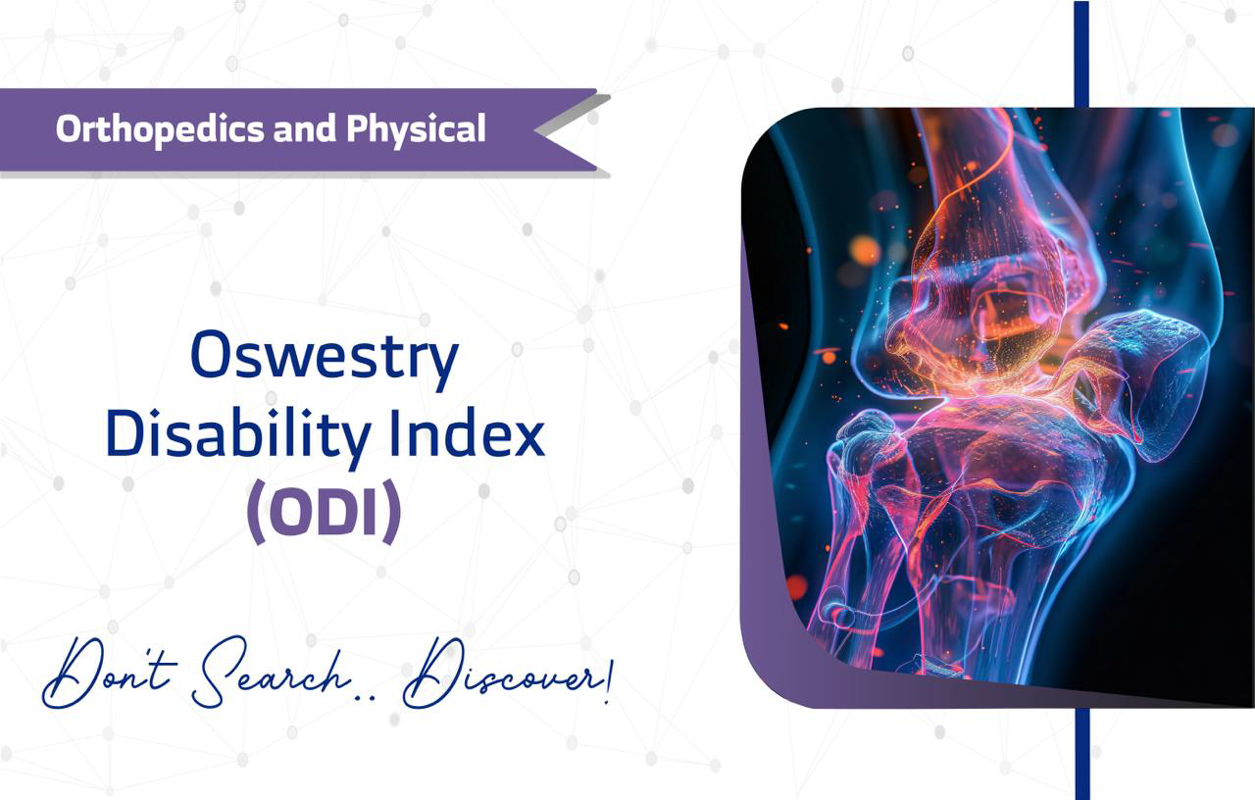

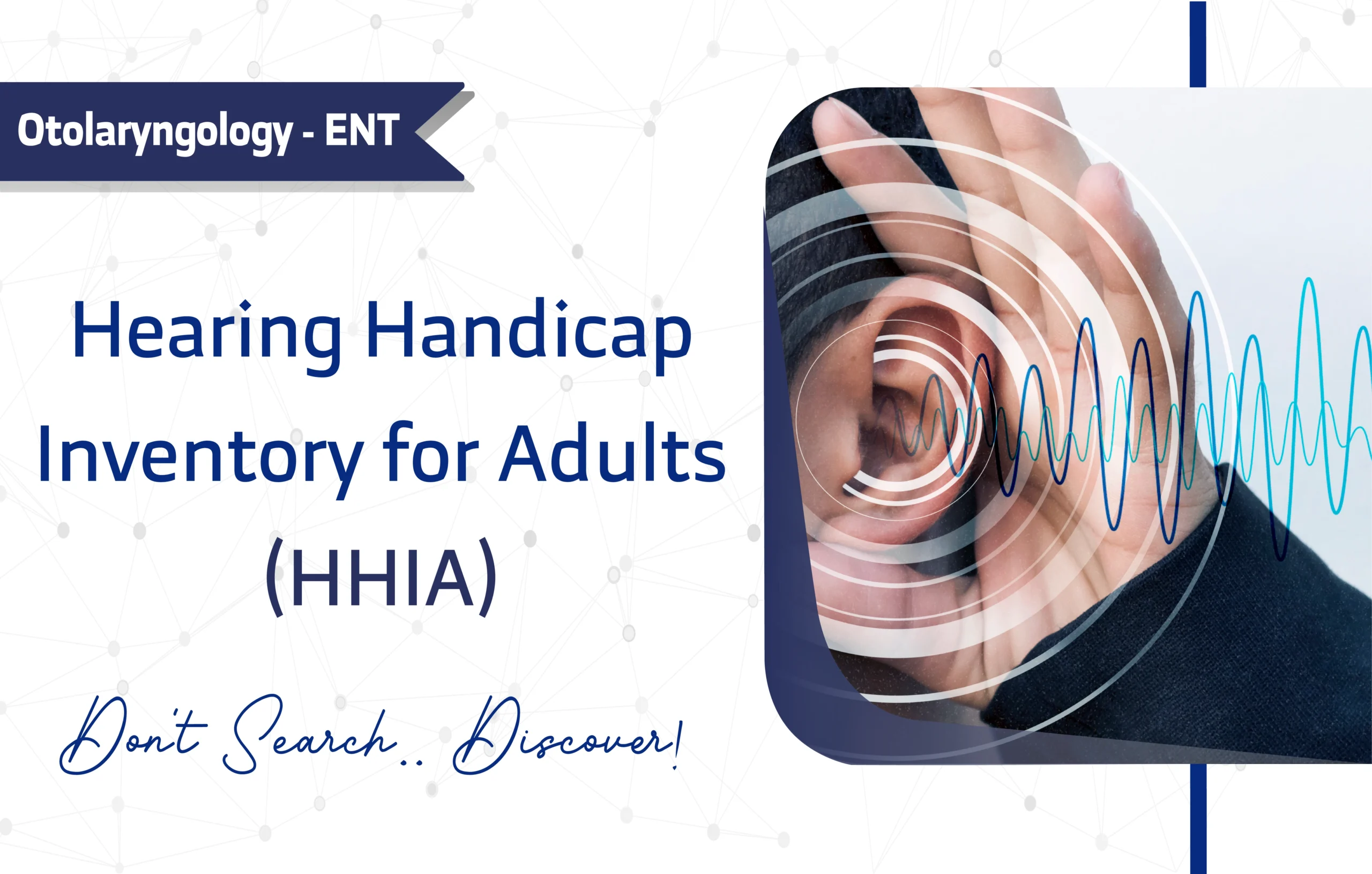
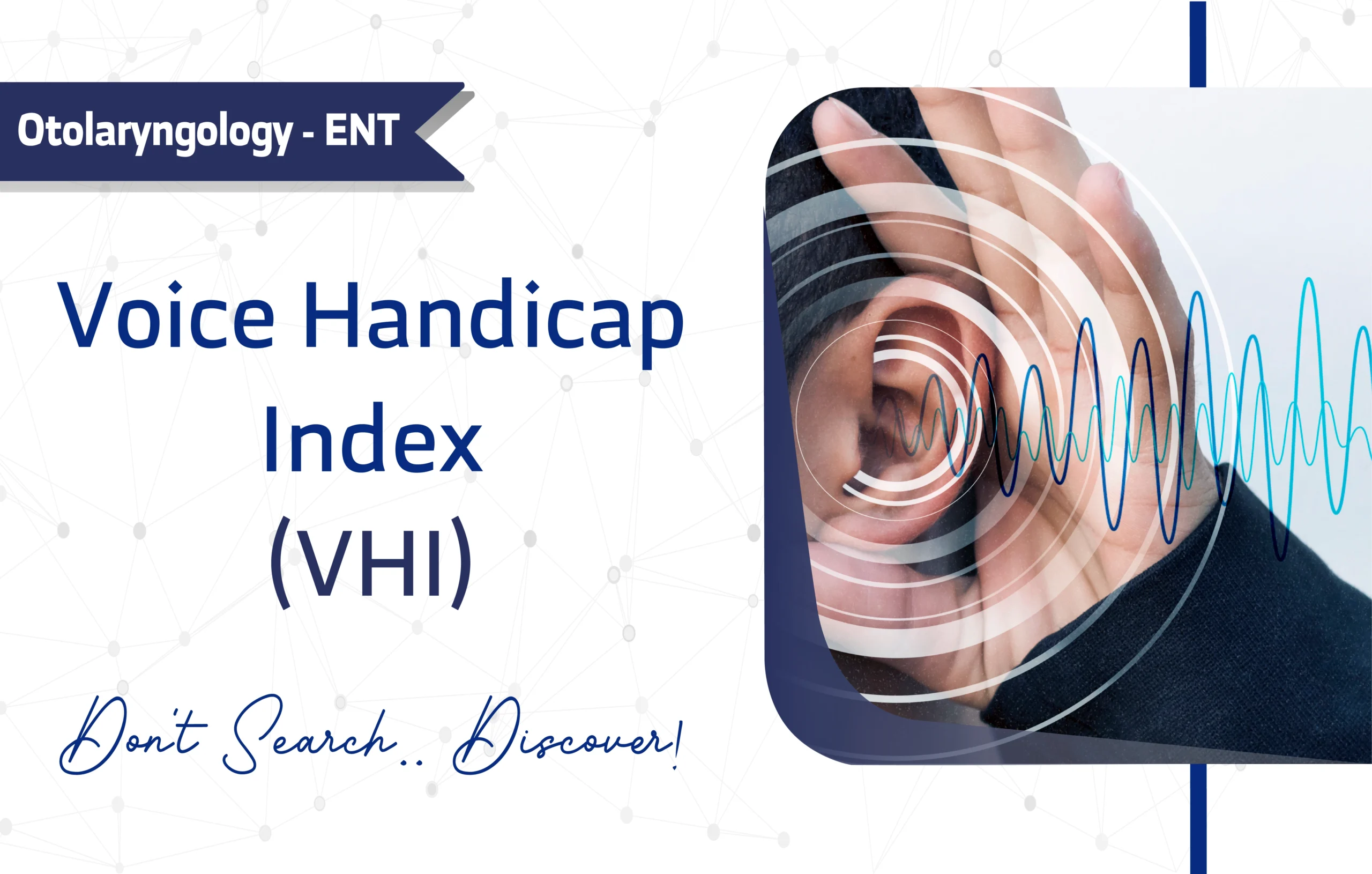
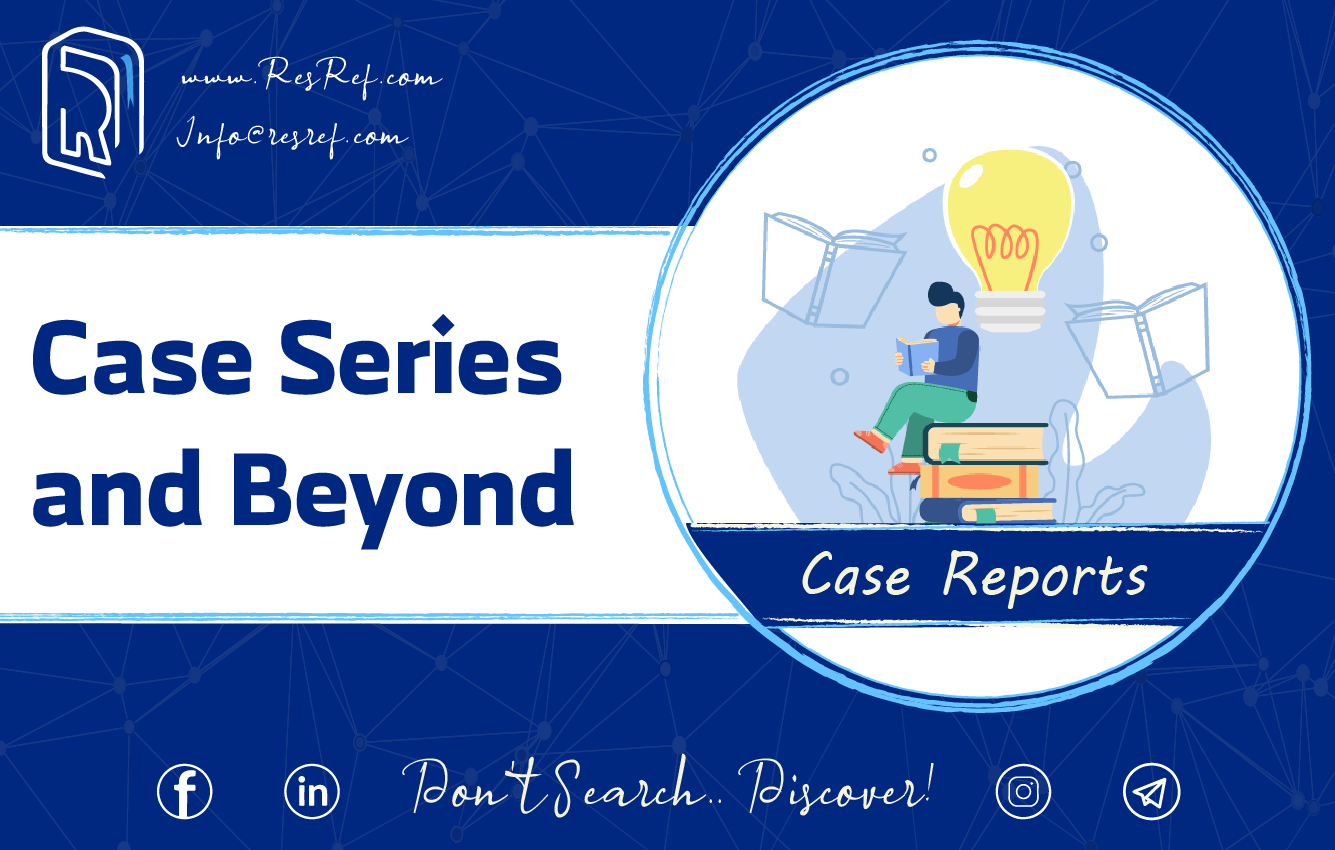
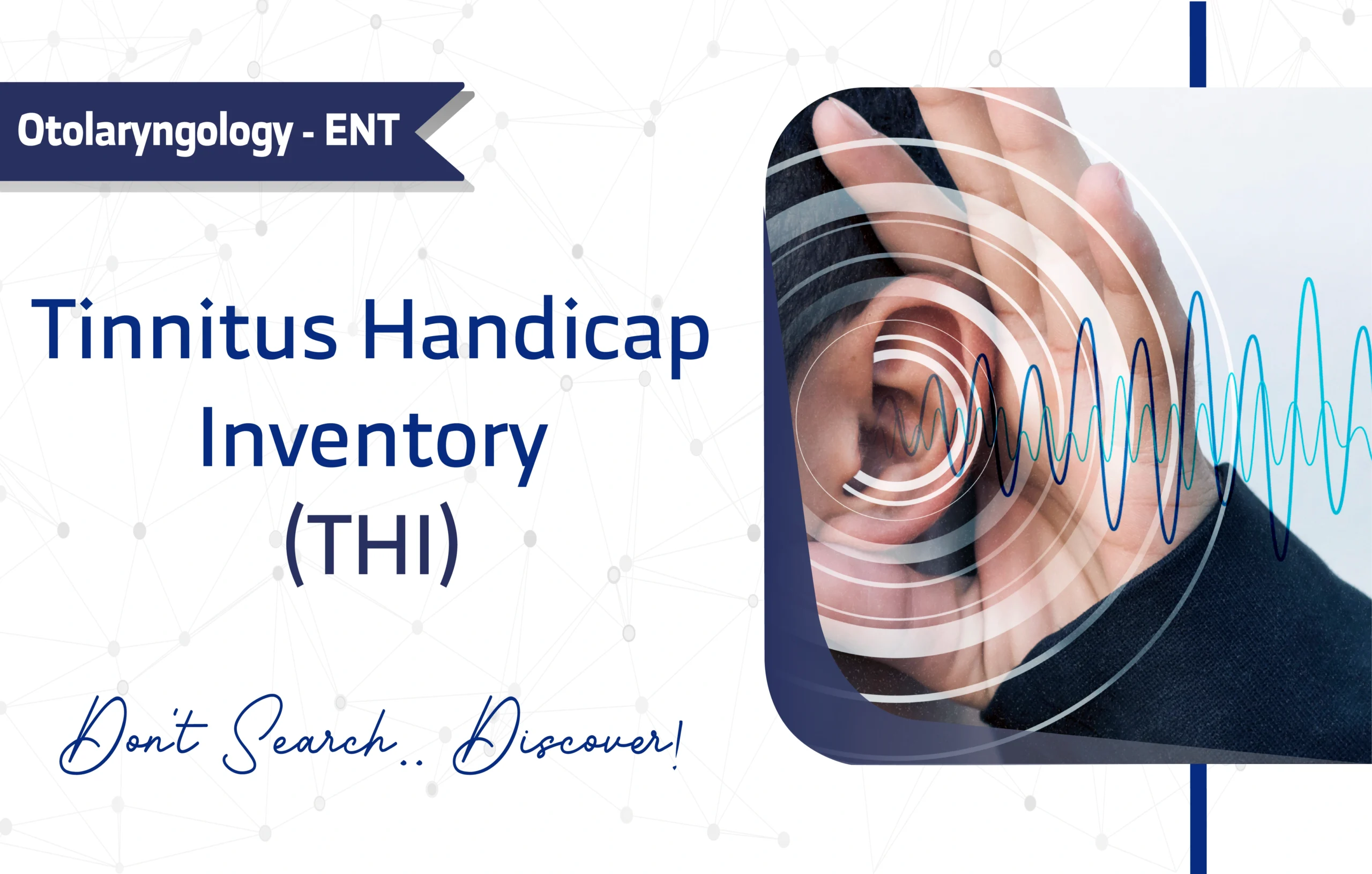
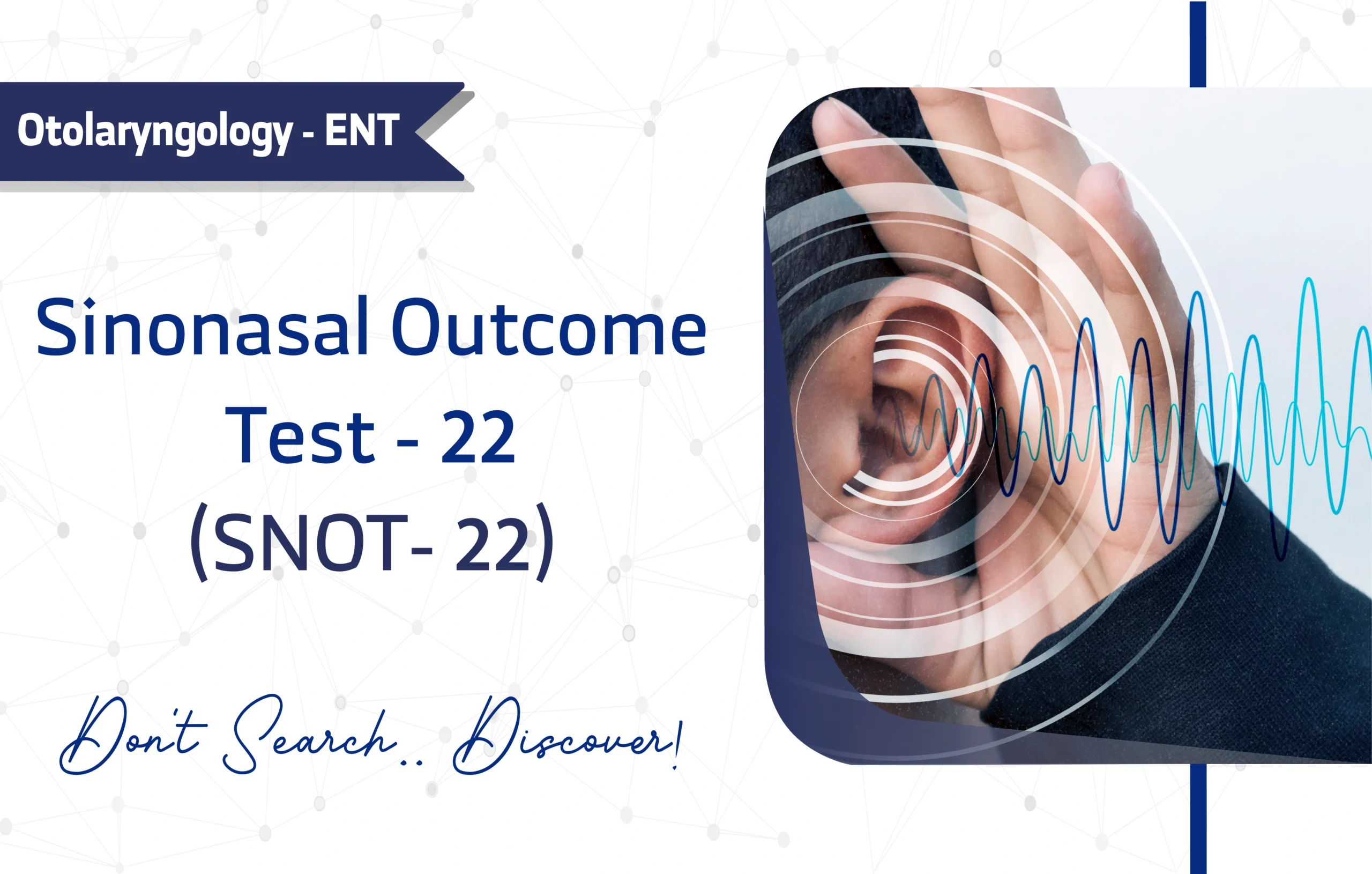
2 thoughts on “Oswestry Disability Index (ODI): A Full Guide for Researchers and Clinicians”
I found this article to be very well-balanced. It explains key points thoroughly without being overwhelming, which is perfect for busy students and researchers.
I am impressed with this web site, really I am a fan.